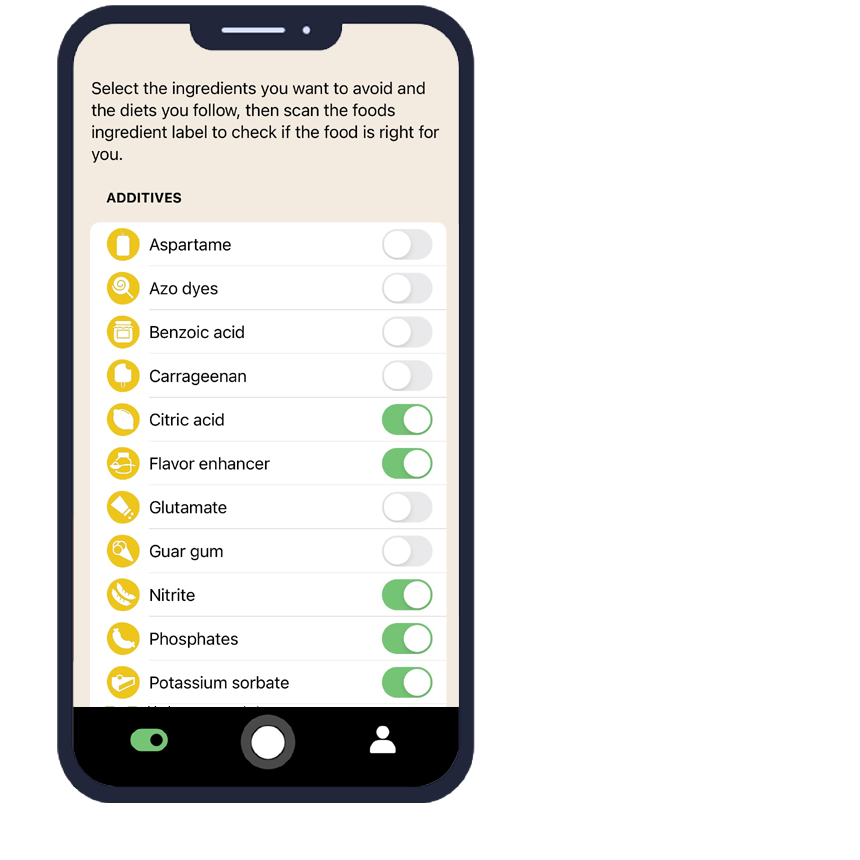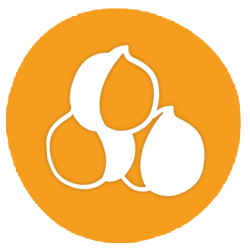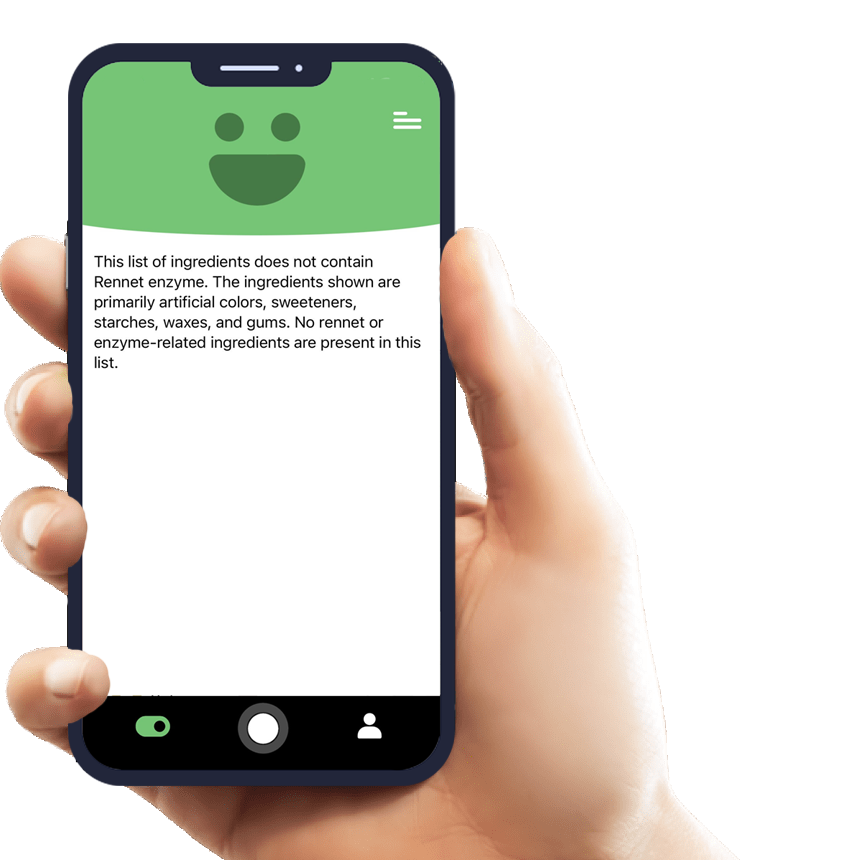Everything You Need to Know About Tomato and How AI Eat This Can Help
Tomato is one of the most common ingredients found in countless food products worldwide, from fresh produce to processed foods and beverages. While generally considered safe and nutritious, tomato can pose challenges for individuals with specific allergies, intolerances, or dietary restrictions. Understanding where tomato appears in your food and how to identify it quickly is crucial for maintaining a safe and healthy diet.
The AI Eat This mobile app revolutionizes how consumers navigate food ingredients by instantly scanning and identifying tomato in any product's ingredient list, regardless of language. This innovative tool empowers users to make informed dietary choices and avoid unwanted ingredients with confidence.
What Is Tomato and Where Is It Used?
Tomato (Solanum lycopersicum) serves multiple roles in the food industry as both a primary ingredient and a flavor enhancer. Fresh tomatoes provide essential nutrients including lycopene, vitamin C, and potassium, making them valuable additions to countless recipes and processed foods.
In processed foods, tomato appears in various forms including paste, powder, concentrate, and extract. Food manufacturers utilize tomato for its natural umami flavor, vibrant color, and preservative qualities in everything from soups and sauces to snack foods and ready meals.
Common Foods Containing Tomato
Tomato can be found in numerous food categories, often in unexpected places:
- Pasta sauces, pizza sauces, and marinara products
- Soups, broths, and bouillon cubes
- Ketchup, barbecue sauce, and salad dressings
- Processed meats and sausages
- Snack foods like chips and crackers
- Canned vegetables and mixed vegetable products
- Frozen meals and convenience foods
Is Tomato Safe? What Does the Research Say?
Regulatory Approvals and Guidelines
The U.S. Food and Drug Administration (FDA) recognizes tomato as Generally Recognized as Safe (GRAS) for consumption. Similarly, the European Food Safety Authority (EFSA) has established comprehensive safety guidelines for tomato-based products in food manufacturing.
The World Health Organization (WHO) acknowledges tomato as part of a healthy, balanced diet and recommends including tomatoes and tomato-based products as sources of essential nutrients. No specific intake limitations exist for healthy individuals consuming tomato through normal dietary practices.
Risks for Specific Groups
While tomato is safe for most people, certain individuals may experience adverse reactions. Tomato allergies, though relatively uncommon, can cause symptoms ranging from mild oral irritation to severe allergic reactions requiring immediate medical attention.
People with histamine intolerance may also need to limit tomato consumption, as tomatoes naturally contain histamine and can trigger symptoms like headaches, digestive issues, or skin reactions. Additionally, individuals following specific dietary restrictions for medical or personal reasons may need to avoid tomato-containing products.
How Does AI Eat This Help You Avoid Tomato?
The AI Eat This app transforms ingredient identification through advanced artificial intelligence technology. Users simply point their smartphone camera at any food product's ingredient list, and the app instantly scans and identifies tomato presence, regardless of the language or format used on the packaging.
This innovative scanning technology recognizes tomato in all its various forms and alternative names, including scientific nomenclature, regional variations, and industry-specific terminology. The app's personalized filter system allows users to set custom dietary preferences, automatically flagging products containing tomato before purchase.
Beyond basic identification, AI Eat This provides detailed ingredient breakdowns and suggests alternative products that meet your specific dietary restrictions. This comprehensive approach ensures users can shop confidently while maintaining their desired eating patterns.
Who Should Avoid Tomato?
Several groups of people may benefit from avoiding or limiting tomato consumption. Individuals diagnosed with tomato allergies must completely eliminate all tomato-containing products to prevent potentially serious allergic reactions.
People with histamine intolerance often find relief by reducing tomato intake, as this ingredient can trigger uncomfortable symptoms. Those following elimination diets, whether for medical reasons or food sensitivity testing, may temporarily avoid tomato to identify potential trigger foods.
Certain medical conditions, such as gastroesophageal reflux disease (GERD) or specific kidney conditions, may require limiting acidic foods like tomato. Always consult with healthcare professionals before making significant dietary changes based on medical conditions.
Tips for a Tomato-Free Diet
Successfully avoiding tomato requires careful attention to food labels and ingredient lists. Start by familiarizing yourself with tomato's various names and forms, including paste, concentrate, powder, and extract variations.
Focus on whole, unprocessed foods when possible, as these naturally contain fewer hidden ingredients. When purchasing packaged foods, always read ingredient lists thoroughly, paying special attention to sauces, seasonings, and flavor enhancers.
Utilize the AI Eat This app's scanning capabilities to quickly verify products before purchase. The app's comprehensive database and real-time scanning eliminate guesswork and provide peace of mind when shopping for tomato-free options.
Consider preparing homemade alternatives to common tomato-containing products. Create custom sauces using tomato-free ingredients, or explore international cuisines that traditionally use fewer tomato-based preparations.
Conclusion
Understanding tomato's presence in food products is essential for individuals with allergies, intolerances, or specific dietary restrictions. While tomato remains a safe and nutritious ingredient for most consumers, those who need to avoid it can benefit tremendously from modern technology solutions.
The AI Eat This app provides an invaluable tool for navigating today's complex food landscape, offering instant ingredient identification and personalized dietary filtering. By combining advanced scanning technology with user-friendly design, this app empowers consumers to make informed food choices confidently.
Take control of your dietary restrictions and food safety today. Download AI Eat This for free testing today and experience the convenience of instant ingredient identification!

70 filters
With over 70 filters, you can easily avoid certain ingredients and follow your dietary preference.

Paleo

Pescetarian

Ultra-processed food

Vegan







































































